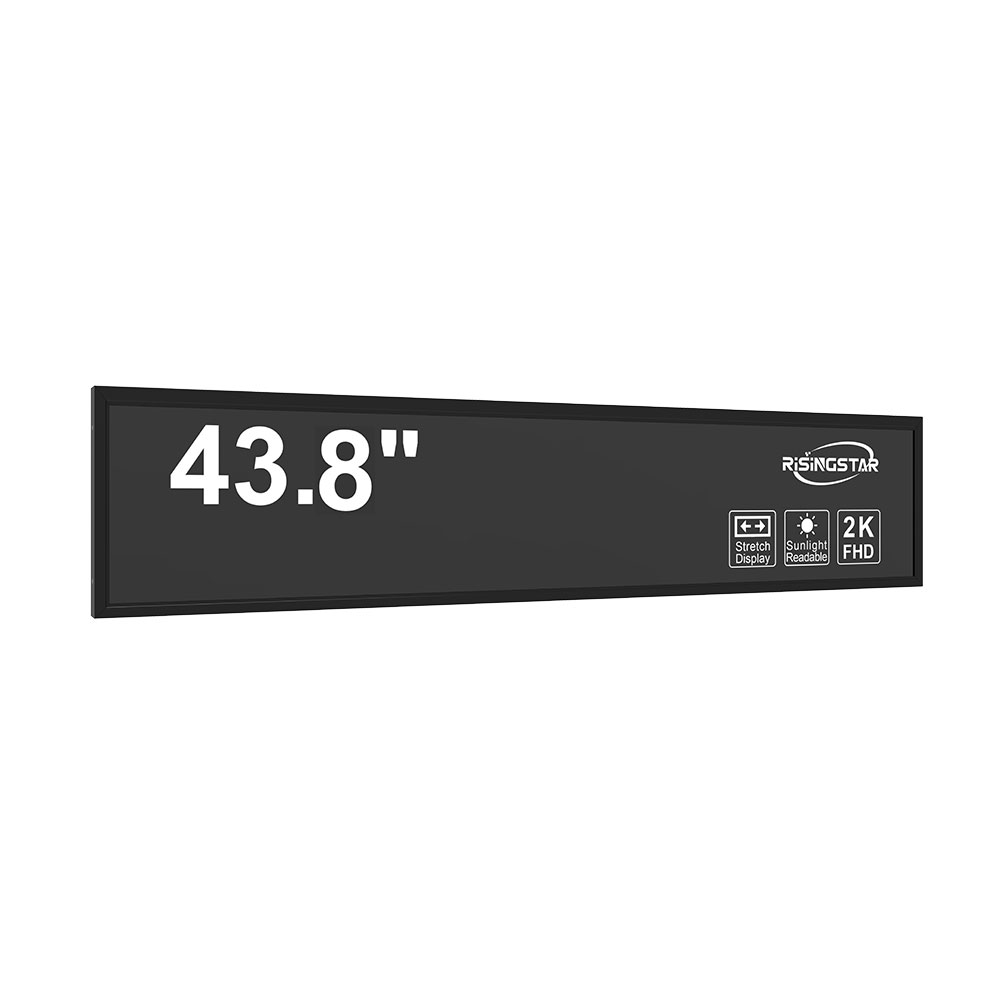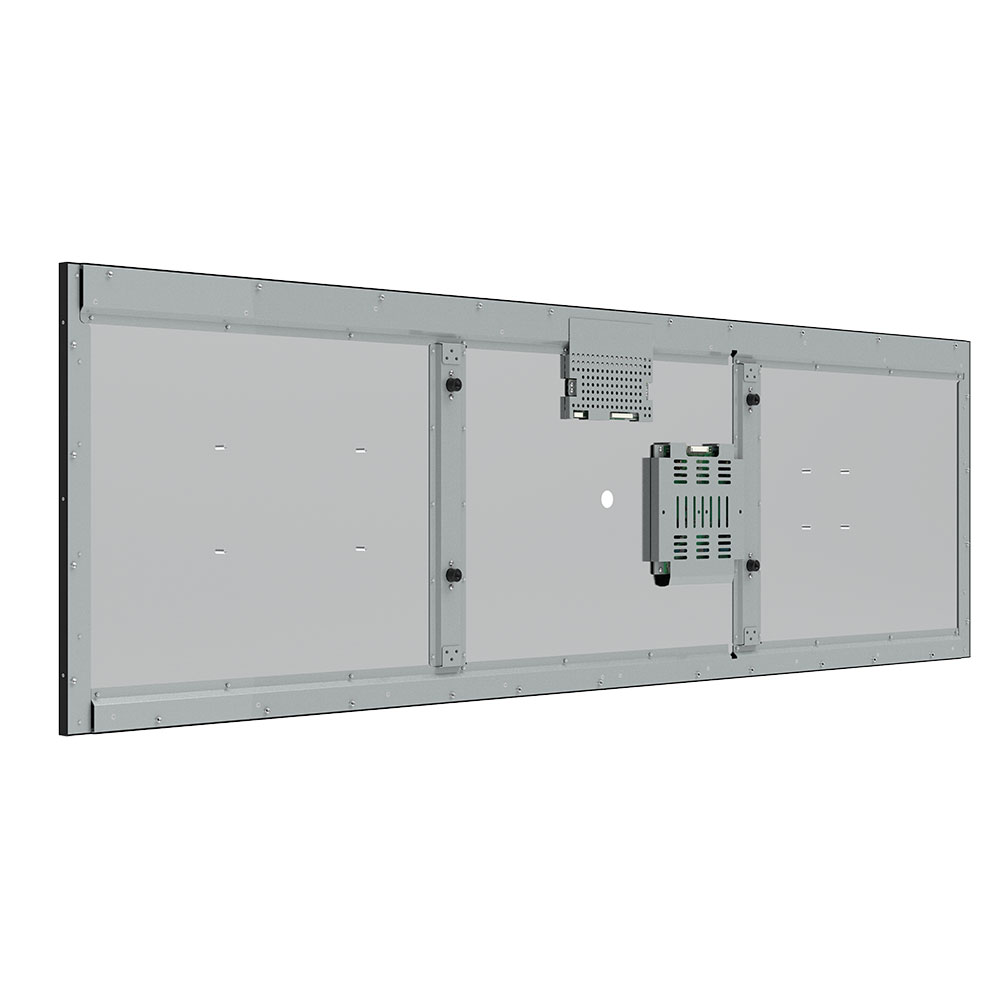- Home
- About Us
- Products
- News
- Video
- Contact
- Send Inquiry
Search
- Home
- About Us
- Products
- News
- Video
- Contact
- Send Inquiry

When selecting an outdoor LCD display for commercial, industrial, or public information applications, resolution is one of the most critical technical parameters that directly impacts visibility, clarity, and user experience. Two popular options available in today’s market are 2K (2560x1440) and 4K (3840x2160) resolutions—each offering distinct advantages depending on viewing distance, content type, and environmental conditions.
Why Resolution Matters in Outdoor Applications
Outdoor LCDs must perform under harsh conditions: direct sunlight, temperature extremes, humidity, and dust exposure. High resolution ensures sharp image quality even at a distance—a necessity for digital signage, traffic information boards, sports stadiums, and retail environments. According to the Society for Information Display (SID), displays with 4K resolution provide up to 78% more pixel density than 2K models, significantly enhancing detail perception in ambient light conditions.

2K Resolution – Cost-Effective Clarity
For medium-range viewing (5–15 meters), 2K offers excellent value. It delivers Full HD+ clarity with minimal bandwidth requirements, making it ideal for installations where budget constraints exist but visual quality still matters. In case studies from LED Signage Solutions (2023), a chain of convenience stores using 2K outdoor displays reported a 22% increase in customer engagement due to improved text legibility and branding impact—without needing expensive infrastructure upgrades.

4K Resolution – Premium Visibility and Future-Proofing
4K resolution is optimal for close-up viewing (under 5 meters) and large-format screens exceeding 50 inches. The 4K standard, standardized by SMPTE and widely adopted in broadcast and cinema, supports ultra-high-definition video, complex graphics, and dynamic data visualization. For instance, in Tokyo’s Shibuya Crossing, 4K outdoor displays have been deployed for real-time advertising, achieving 92% viewer recognition rates in daylight due to superior contrast and sharpness. Additionally, 4K provides future-proofing—many modern content management systems now default to 4K output, reducing compatibility issues.

Technical Considerations
Resolution alone isn’t enough. Manufacturers like LG, Samsung, and NEC emphasize that outdoor LCDs must include high-brightness panels (≥5000 nits), anti-glare coatings, IP65/66 ingress protection, and robust thermal management. At 4K, power consumption and processing demands rise—thus, integrating efficient GPUs and low-power OLED/LED-backlit panels is essential for energy efficiency and longevity.
Conclusion
The choice between 2K and 4K should align with use case, viewing distance, and long-term scalability. While 2K remains cost-effective and practical for many applications, 4K delivers unmatched clarity for premium environments. Always validate your selection against industry standards such as IEC 60068 for environmental stress testing and UL 1973 for safety compliance—ensuring both performance and reliability in any outdoor setting.